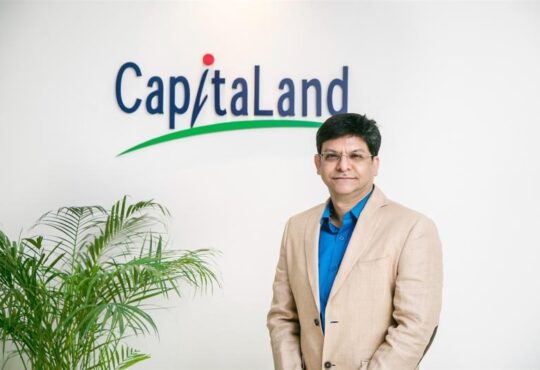“Unlocking Cybersecurity Efficiency: The Power of Trellix’s XDR in Today’s Threat Landscape

CXOToday has engaged in an exclusive interview with Rahul Arora, Managing Director, India & South Asia, Trellix
- What are the key advantages/benefits of adopting XDR in today’s cybersecurity landscape, and how is it more efficient than other solutions in the market?
In a world where all things are increasingly going digital, the risk of a cyberattack is at an all time high. It’s therefore critical for organizations to stay ahead of the curve and be able to tackle these challenges proactively. It is at such junctures, where Trellix’s XDR (eXtended Detection & Response) platform comes in to simplify cybersecurity, offering customers a holistic view of what’s happening across security controls. It revolutionizes threat detection and response with the most comprehensive integrated and open platform, actionable threat intelligence, and AI to streamline Security Operations.
Trellix XDR employs a “living security” approach with extensive and in-depth interconnections with native and third-party providers. As a result, partners may sell to clients all around the world and swiftly incorporate Trellix into their clients’ current environments. It increases efficiency, decreases complexity, and adds comprehensive detection, response, and remediation of cyber threats affecting operations.
Trellix has made considerable investments as part of Xtend and added a number of additional resources to further enhance the user experience:
- Trellix Partner Portal – a rich, up-to-date archive of manuals, sales guides and other features including contract registration and incentive management to help partners succeed
- Trellix University – a dedicated platform for comprehensive learning and to increase knowledge and expertise to the partner sellers
- Profitability Programs – A dynamic and continuous structure to optimize value and growth of the partners
- Technical and Sales Resources – A sincere support system provided to the partners to simplify the customer’s journey
- Demand Generation and Marketing Support – a multi-utility program to enable ongoing market opportunities and qualified lead generation
- Can you provide an overview of the current cybersecurity threat landscape in India? What are some of the emerging threats that organizations and security teams should be wary of?
As one of the fastest growing economies, India is actively striving to improve its cybersecurity preparedness. Recent attacks on Indian organisations have served as a wake-up call for companies, prompting them to pay more attention to cybersecurity. Due to the knock-on effects of such breaches, significant efforts are required to win back the trust of the affected customers. Customers are also far more aware of the consequences of their personal data being disclosed. They are selective about the data they disclose and thoughtful about who they share it with.
The Global Cybersecurity Outlook research stated that there will be a 125% increase in cyberattacks between 2021 and 2022, and this trend was expected to continue through 2023. Attackers targeted major institutions and halted crucial operations to force them into paying ransoms. Cybercriminals are also increasingly preying on job seekers and organisations by using phishing and malware techniques to obtain sensitive data. The advent of generative AI based chatbots also caused a flurry in the cyber space, with threat actors utilising them to create convincing emails intended to trick unaware victims into sharing personal information.
The need for comprehensive XDR (eXtended Detection and Response) solutions that offer seamless integration between endpoint protection, detection, and response, as well as email and network response, becomes critical for enterprises. The creation of effective response plans is made easier by XDR’s ability to give organisations increased visibility while automating time-consuming repetitive operations. For a secure cyber environment to remain, this proactive approach is essential.
- How do you see generative AI technologies, such as ChatGPT, impacting cybersecurity?
The advent of ChatGPT democratized GenAI technology, giving tremendous power in the hands of millions of users. Users also pointed out its potential for using it for nefarious purposes. While it has a limited capacity for creating malware, the internet was flooded with samples of the platform’s “malware” during its initial launch. Recent changes to its model and use case rules have limited its capacity to perform potentially harmful tasks.
Our Advanced Research Center constantly looks into the latest threats, trends, and technology and delivers its findings through various reports. Per their recent research, Generative AI might not be as big a foe as the world has thought it to be. Its ability to write malware is limited, and they aren’t very creative in the ever-changing world of cyber threats. While they can provide ideas for making harmful software, they aren’t effective for launching cyberattacks in practice. Therefore, AI, is not the issue. It is the answer. Trellix has been using advanced tools for years, and I have no doubt that we will find similarly cutting-edge solutions to handle the complex issues caused by AI, if any, in the future.








